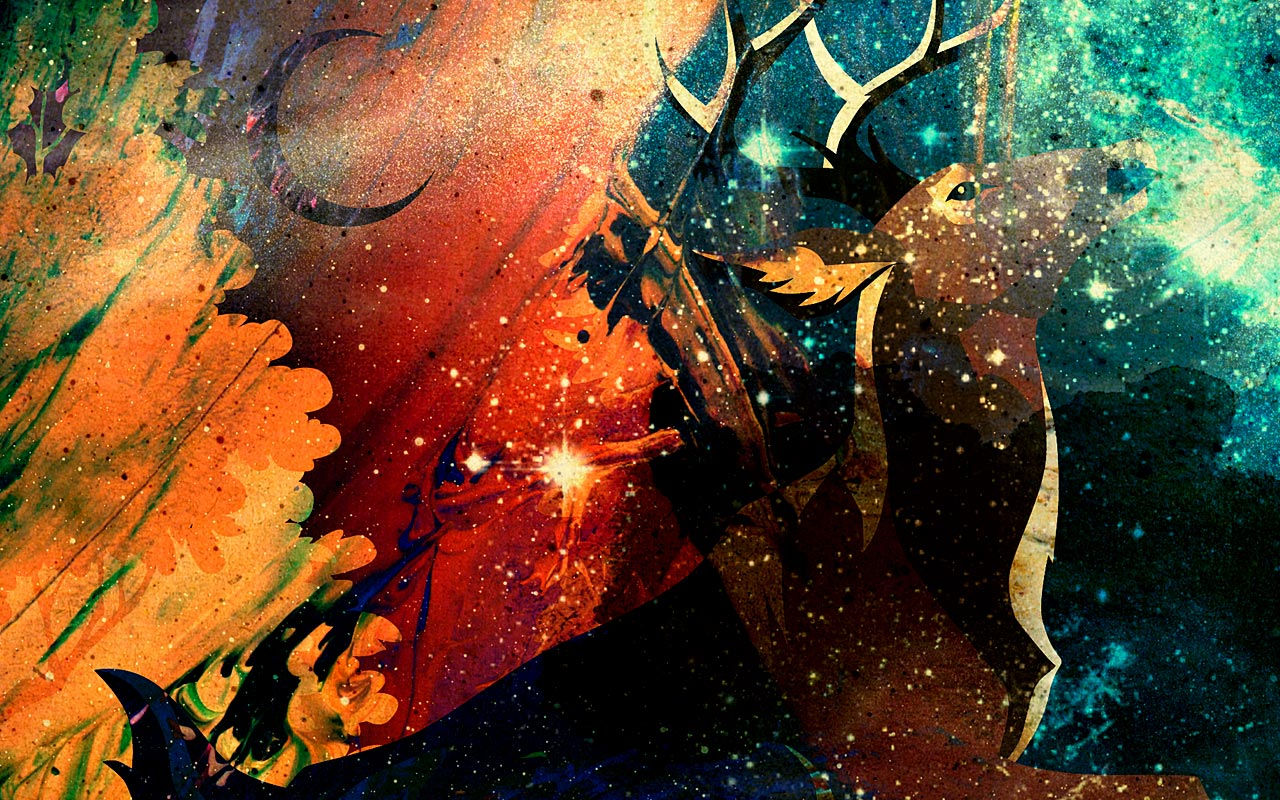Oni: Japan's Iconic Demons of Myth and Folklore
- torinaga11
- Apr 9
- 3 min read

What Are Oni?
Oni (鬼) are one of the most recognizable and feared creatures in Japanese folklore. Often translated as "demons," "ogres," or "trolls," oni are supernatural beings known for their immense strength, grotesque appearance, and malevolent nature. With their signature horns, sharp claws, wild hair, and tiger-skin loincloths, oni have become cultural icons in Japanese myths, festivals, and pop culture.
The Origins of Oni in Japanese Mythology
Oni have ancient roots in Buddhist and Shinto beliefs, evolving over centuries from evil spirits into complex figures of punishment and protection. In Buddhist cosmology, oni reside in hell (Jigoku) where they torment the wicked, while Shinto traditions link them to natural disasters and disease. As guardians of boundaries between the human and spirit worlds, oni are both feared and respected.

Traditional Depictions and Symbolism
Typically red or blue, oni often carry large iron clubs called kanabō and are depicted as ferocious giants. They symbolize chaos, misfortune, and evil, but can also act as protectors when properly appeased. In temples and shrines, statues of oni are sometimes placed to ward off evil spirits and protect sacred spaces.

Oni in Japanese Festivals: Setsubun
One of the most famous appearances of oni is during the Setsubun Festival, held on February 3rd or 4th to mark the beginning of spring. During the ritual known as mamemaki, families throw roasted soybeans while chanting “Oni wa soto! Fuku wa uchi!” (“Demons out! Good fortune in!”) to cleanse the home of evil spirits and welcome good luck. Participants often wear oni masks or dress up to act out the symbolic banishment of bad luck.

Oni in Japanese Art, Literature, and Pop Culture
From classical Noh and Kabuki theater to ukiyo-e prints and contemporary anime, manga, and video games, oni have remained a powerful motif in Japanese storytelling. Characters inspired by oni often possess supernatural strength, tragic backstories, or dual natures—both villainous and heroic.
Popular franchises like "Naruto," "Demon Slayer (Kimetsu no Yaiba)," and "Inuyasha" feature oni-like characters, keeping the myth alive in modern media. Oni-inspired designs are also widely used in tattoos, fashion, and home decor, especially among fans of Japanese aesthetics and mythology.
Modern Interpretations and Global Appeal
Today, oni have transcended traditional folklore to become global symbols of Japanese culture. Artists and designers reinterpret oni in creative ways, blending ancient symbolism with modern style. Oni masks and figures are popular souvenirs in Japan, especially in regions like Kyoto, Nara, and Tottori where legends are tied to local history.

How to Embrace Oni Culture
Attend Setsubun: Experience the lively rituals and watch oni-themed performances.
Collect Oni Art: From traditional woodblock prints to digital illustrations, oni imagery adds a bold touch to any collection.
Wear Oni-Inspired Fashion: Graphic tees, hoodies, and accessories featuring oni designs are popular in Japanese streetwear.
Read and Watch Oni Stories: Dive into anime, manga, or books that feature oni to understand their evolving roles in Japanese storytelling.
Oni are more than just terrifying creatures—they are essential figures in Japanese folklore, symbolizing the eternal battle between good and evil, chaos and order. Their enduring presence in festivals, media, and modern culture speaks to their rich legacy and ever-evolving symbolism. Whether you’re a folklore enthusiast, anime fan, or traveler in Japan, oni offer a fascinating glimpse into the mystical heart of Japanese tradition.
Share your favorite oni stories or mask designs on Pinterest, Instagram, or Facebook! #Oni #JapaneseFolklore #DemonSlayer #JapaneseMythology #Setsubun #JapanCulture #FolkloreFriday #OniMask #KimetsuNoYaiba #TraditionalJapan #MythicalCreatures #JapaneseDemons
#Oni #JapaneseFolklore #JapaneseMythology #OniMask #DemonSlayer #KimetsuNoYaiba #Setsubun #JapanCulture #MythicalCreatures #FolkloreFriday #JapaneseDemons #TraditionalJapan #OniArt #NohTheater #Kabuki #Ukiyoe #OniFestival #OniInPopCulture #JapaneseTales #OniDesign #MythicalJapan #OniTattoo #OniFashion #OniLegends #CulturalJapan #OniStories #OniCulture #JapaneseLegends #AnimeFolklore #OniCollector








Comments